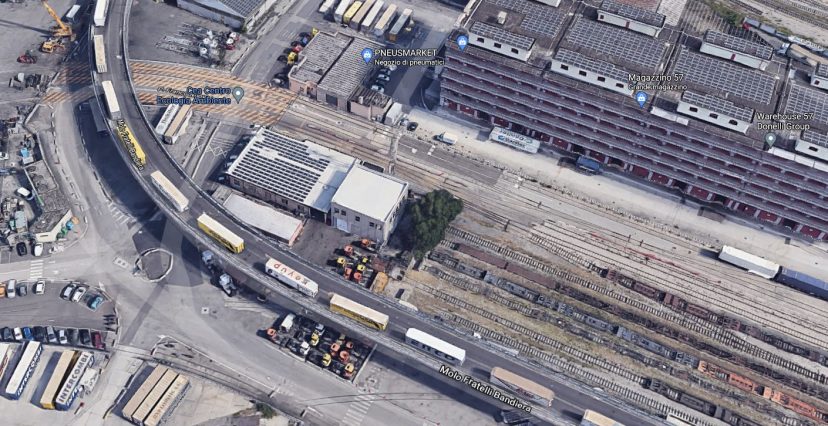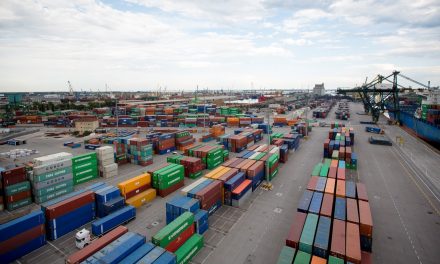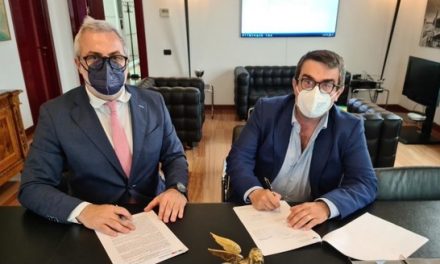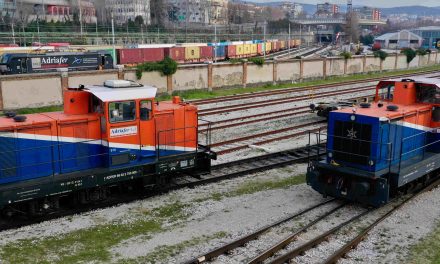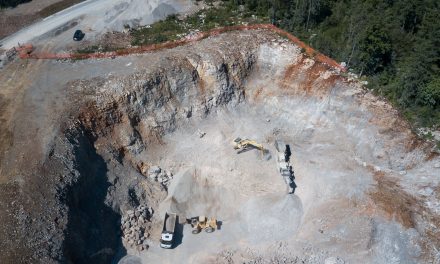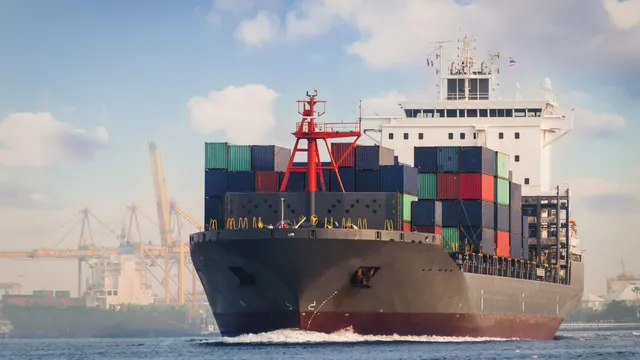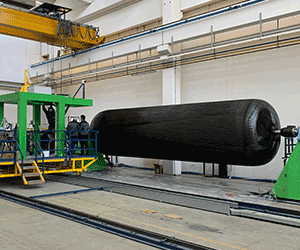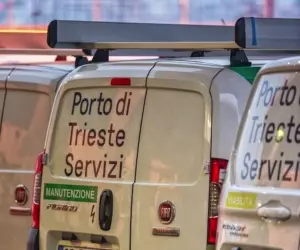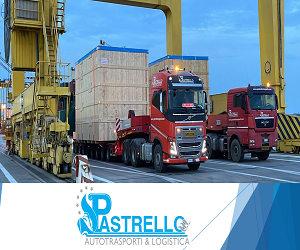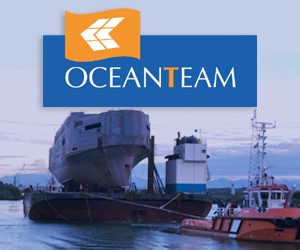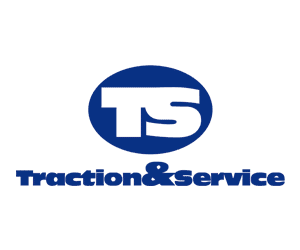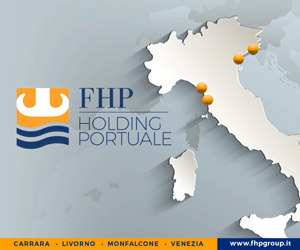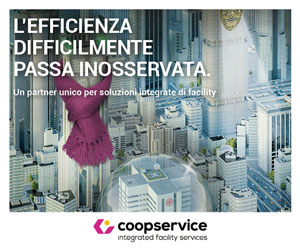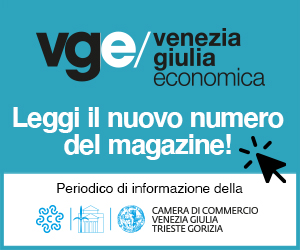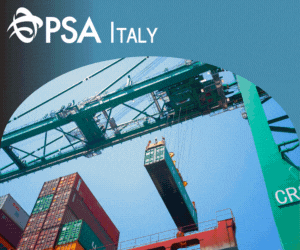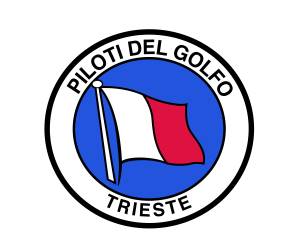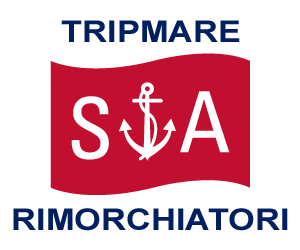TRIESTE – The warehouses that will be demolished in the coming weeks in the Port of Trieste are not what many operators would have wanted. But it is the beginning of an operation that will transform the Port and strengthen its Italian leadership in intermodality in a few years.
After the recent announcement by Rete Ferroviaria Italiana for the opening of a connection that will free up traffic in Campo Marzio station, in the coming weeks, a series of preparatory works will be carried out for the new station layout. Three warehouses that interfere with the tracks for train formation will be demolished. Call for tenders and assignment of the works have already taken place and, from the beginning of the intervention, it will take about two months to complete the work. The space freed up will allow RFI to proceed with the lengthening of the tracks and a series of interventions that will significantly improve the efficiency of the systems. Last but not least, the construction of a new Control Center (it will be ready in 2024) will eliminate manual interventions on switches.
The three warehouses are located under the elevated road that crosses the Port, close to Molo V, where part of the traffic linked to the Ro-Ro of the Motorway of the Sea with Turkey takes place.
Other important innovations concern the eastern side of the port areas, where the Authority is about to start work on the rail connection between the international network and FreeEste. It is a line serving the warehouses – already owned by Wartsila – located in the Free zones at Bagnoli della Rosandra.
Also, in this case, we are on the home stretch because the Authority is about to entrust the works of its competence, while Interporto Trieste (manager of the warehouses) is providing for the tenders for the tracks inside the areas. By 2022, therefore, FreeEste should be connected to Aquilinia station from which trains will be able to join the international network through the underground tunnels that cross the city of Trieste. This is a long-awaited intervention to give new impetus to the initiative that promises novelties not only for classic logistics but also for some hypotheses of manufacturing in the regime of international Free Port.

